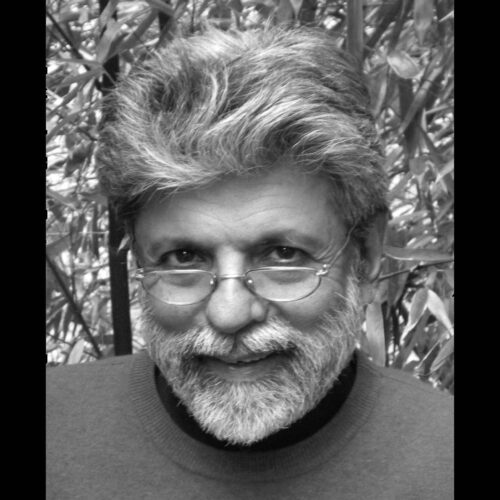HARESH LALVANI 2006-2007
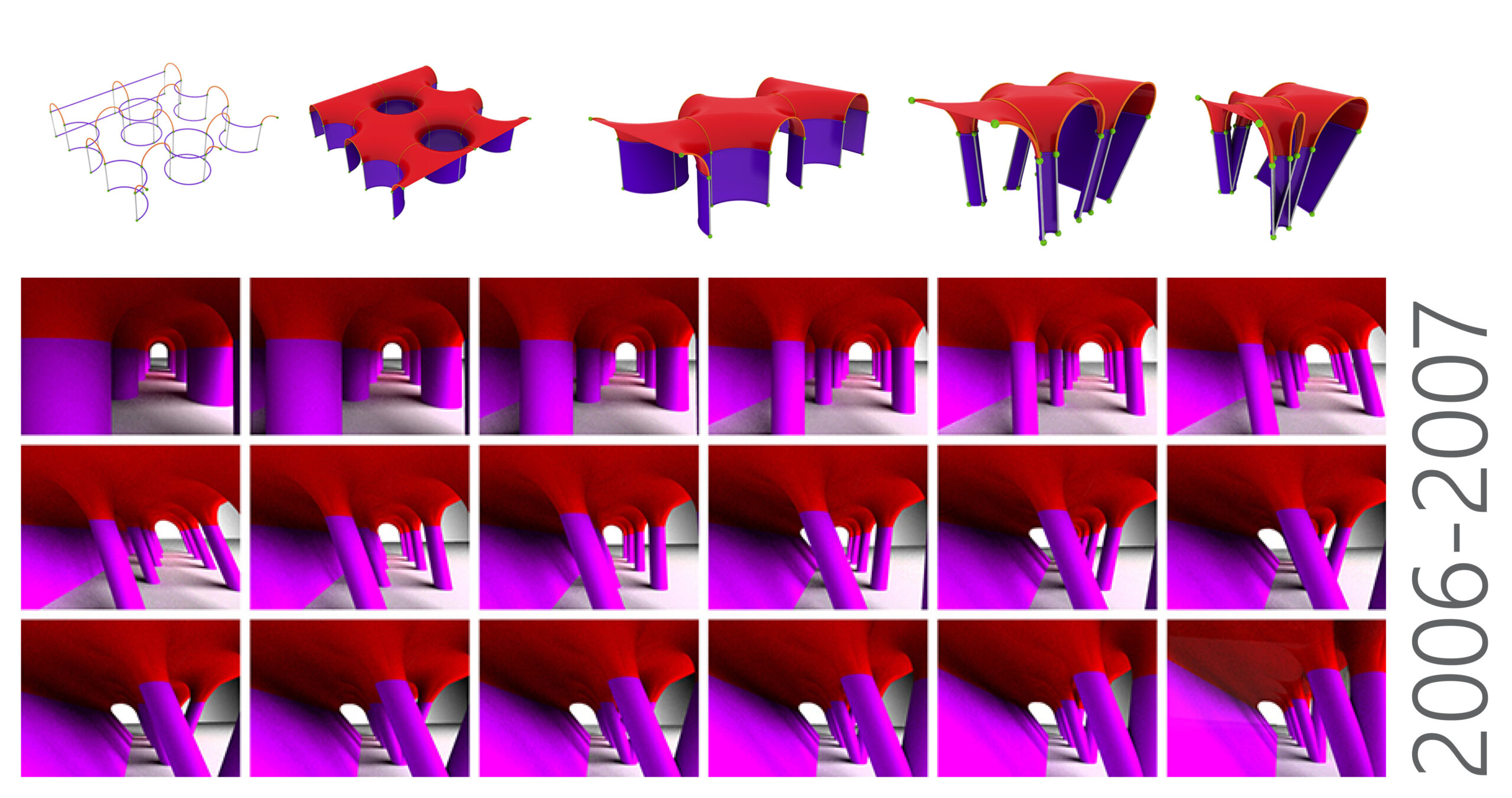
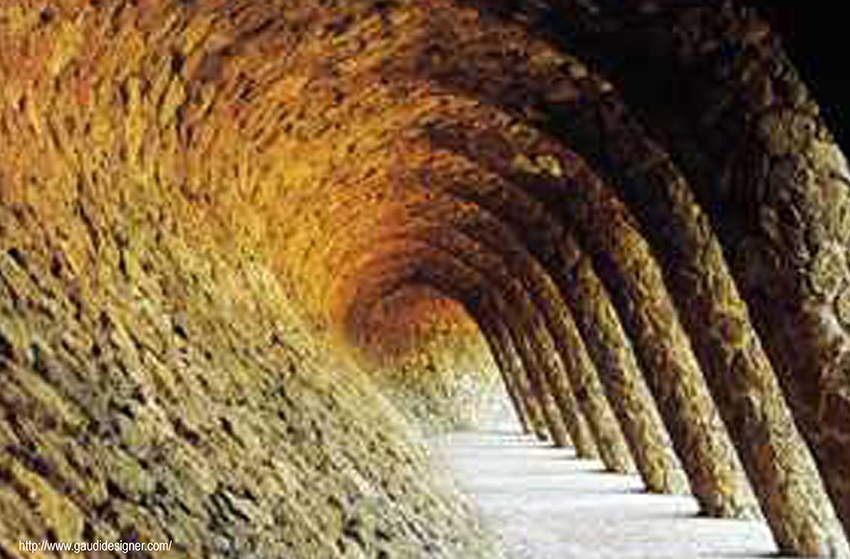
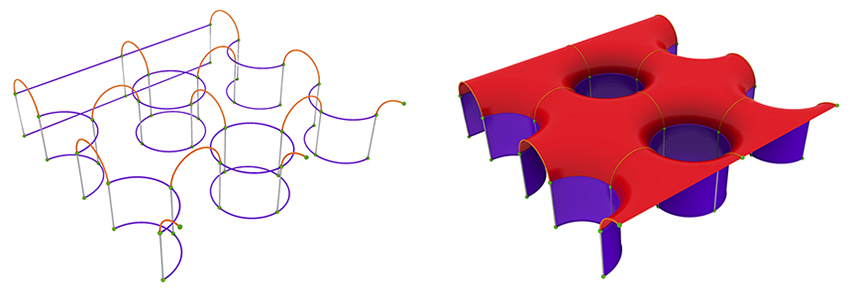
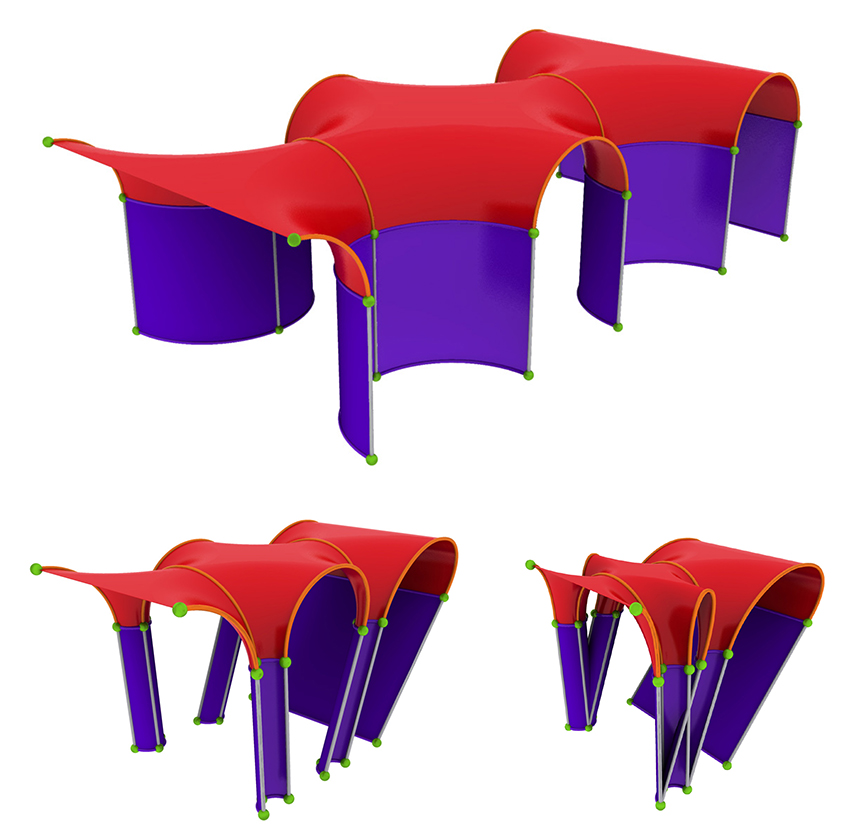
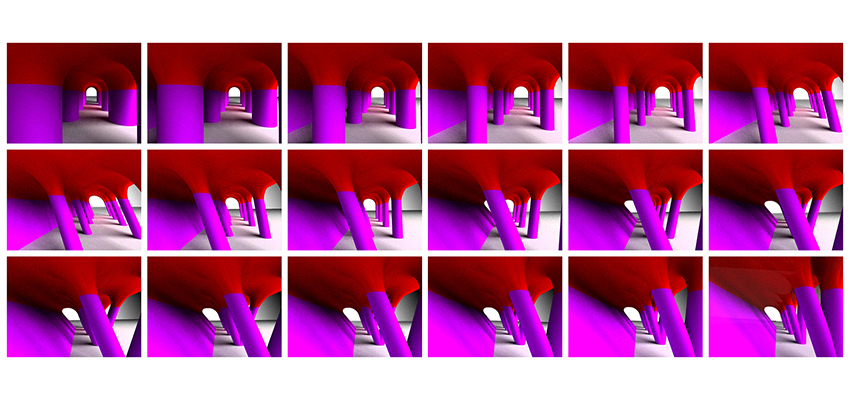
GAUDI’S TOPOLOGIES 2
Several projects outside Pratt are under way to establish the morphological genome as part of the architectural genome. As part of this agenda, here, at the Center of Experimental Structures, we are exploring the topologies of Gaudi’s architecture as a starting point for the underlying morphogenomics.
Gaudi’s Portico A at Parc Guell (Fig.1) provides one of the finer examples where he built a smooth continuous surface using irregular stone masonry. The wire-frame ring model (Fig.2a), and the associated toroidal surface (Fig.2b), provide a starting topology. A sequence of three models (Figs. 3a-c) shows how the surface can be gradually transformed from a symmetric state to an asymmetric one, reminiscent of D’Arcy Thompson’s homologies for biological form. The animation, Sequences 1-18, shows how the simple initial surface morphs to a complex one in an evolutionary continuum.
Presently, we are looking at other examples of Gaudi’s topologies. We expect to show that these examples involve a small inventory of topological surfaces, all morphable from one to another, thereby suggesting a fundamental inter-transformability of architecture enabled by morphogenomics. New morphogenomic pathways in this continuum lead to new architectural morphologies.
Credits:
Figs. 2 and 3.
Computer Model: John Gulliford
Animation Sequence: CheWei Wang
